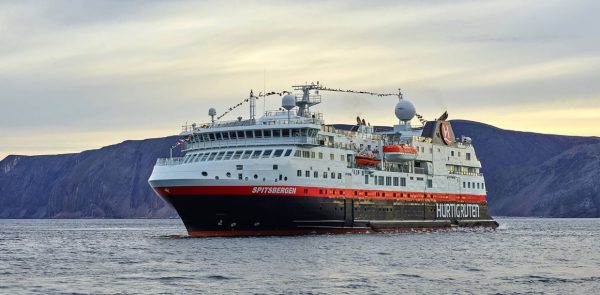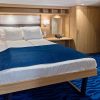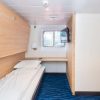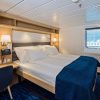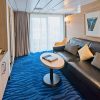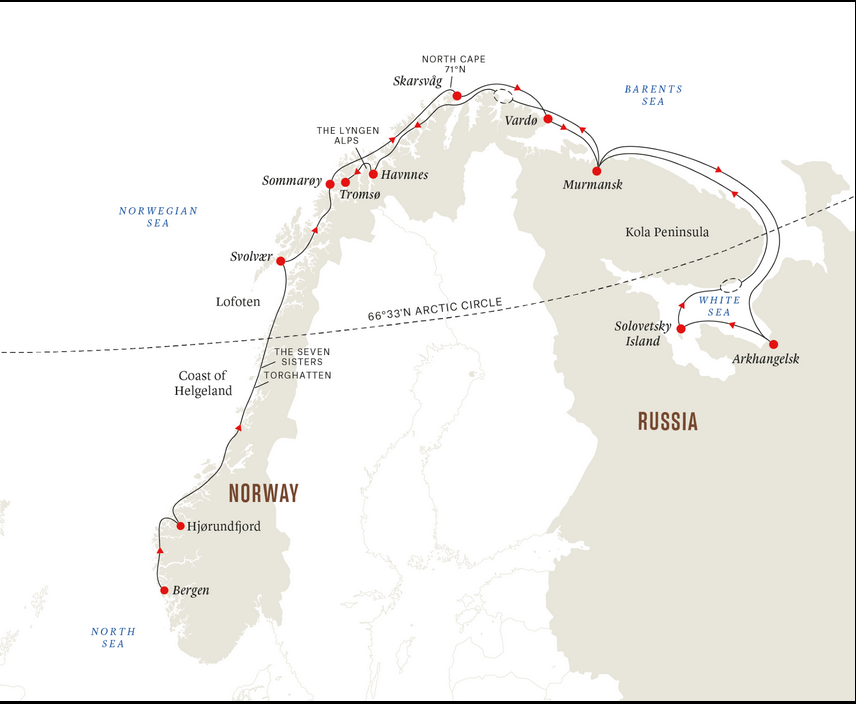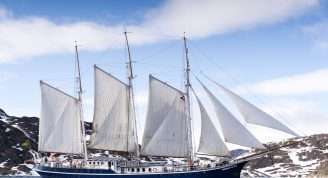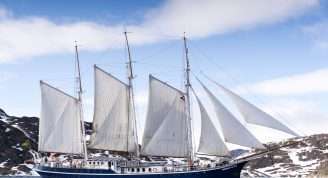Description
This is really a journey of two parts – the awe-inspiring scenery of the Norwegian coast, and the pristine isolation of Russia’s White Sea region. Hjørundfjord is our first stop – a beautiful fjord – before we sail across the Arctic Circle and visit the Lofoten Islands, famed for their picture-postcard beauty.
Next, we visit the idyllic fishing village of Sommarøy before stopping at North Cape, the northernmost point of the European mainland. Vardø, once a centre for Pomor people who traded with Russia, is our last stop before leaving Norway.
Trip Name
Expedition Cruise to the White Sea – Norway and Russia Adventure
Days
17
Overview
Vessel Type: Expedition
Length: 100 metres
Passenger Capacity: 335
Built / refurbished: 2009 / 2016
MS Spitsbergen is named after the crown jewel of Arctic Norway – the Svalbard archipelago and its biggest island, Spitsbergen.
After complete reconstruction, MS Spitsbergen joined the Hurtigruten fleet in 2016. The ship features high technical standards as well as comfortable, modern public areas and cabins. The vessel's fresh Scandinavian design reflects a colour palette derived from the sea. She is modern and environmentally progressive, and we plan further improvements that will reduce emissions and fuel consumption even more. The new ship’s maneuverability and optimal size make her quite suitable for exploring polar waters.
Expedition team on board
MS Spitsbergen has its own on-board Expedition Team and serves as a university at sea. Interesting lectures inside the ship as well as out on the sun deck make this an exciting and educational journey. Topics depend on the season and the waters we sail in. The Expedition Team host a lecture programme and evening gatherings daily. Out on deck you can participate in live points of interest to learn more about the nature, culture and other phenomena we encounter along the coast. In addition, the Expedition Team will introduce you to the uniquely Norwegian notion of `friluftsliv´ (outdoor life), and encourage you take part in `friluftsliv´ hikes and activities during the journey.
Our dedicated Expedition Teams have one mission: to enhance your experience by engaging you and interpreting the nature, wildlife, and culture you encounter during the voyage. Read more about our Expedition Teams here.
Ship facilities
Expedition Team - Explorer bar - Panoramic lounge – Explorer lounge - Compass Service Centre - Brygga bistro - Shop - Torget main dining - Wi-Fi - Sauna - Fitness room - Lift - Hot tub - Guest launderette - Panoramic deck 8 - Outside bar for events, decks 7 & 8


